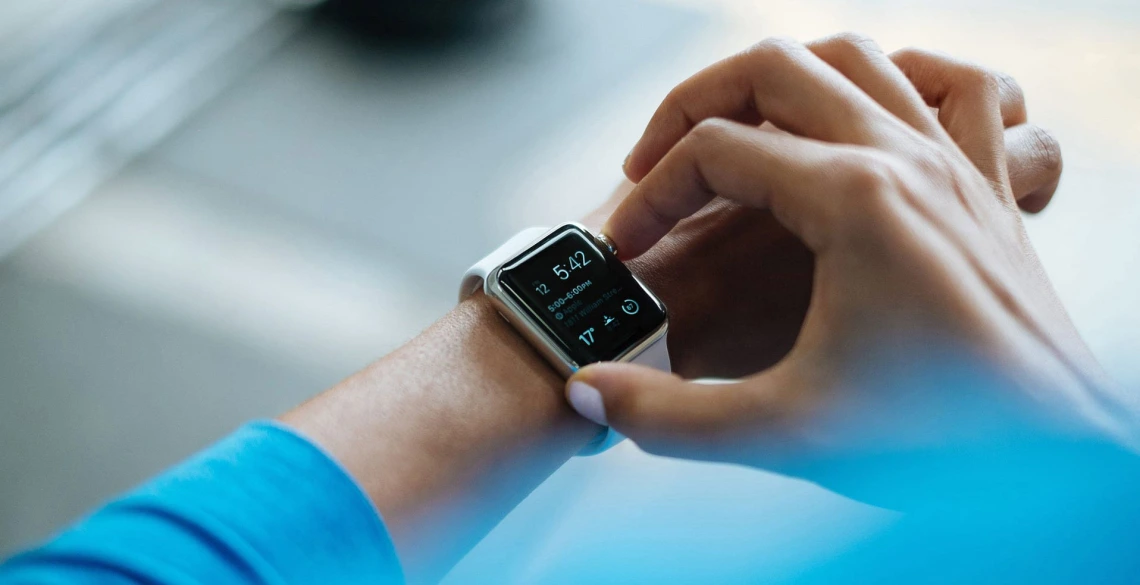Could Wearable Technology Help Patients Monitor Blood Pressure?
A lab simulation model of an artificial artery in the Slepian Lab at the University of Arizona Sarver Heart Center demonstrates “pulse wave velocity” is a feasible measurement for monitoring blood pressure.

No description provided
A study published in Proceedings of the National Academy of Sciences of the United States of America demonstrates that “pulse wave velocity," or how quickly the impulse or force of blood moving away from the heart moves down the arteries, shows promise as a measurement to monitor blood pressure levels, said Marvin J. Slepian, MD, a cardiologist at the University of Arizona Sarver Heart Center.
Dr. Slepian also is associate department head of biomedical engineering in the UA College of Engineering and professor of materials science and engineering, medical imaging, and medicine, as well as director of the Arizona Center for Accelerated Biomedical Innovation at the UA.
In the paper, Slepian and his fellow researchers explain that until now the relationship between blood pressure and pulse wave velocity was based on unrealistic assumptions that have not been replicated in human arteries and rely on observations rather than physical properties. They describe an analytical model that yielded a measurable relationship between blood pressure and pulse wave velocity. This model may be used in future work to develop continuous, cuffless and noninvasive blood pressure monitoring.

